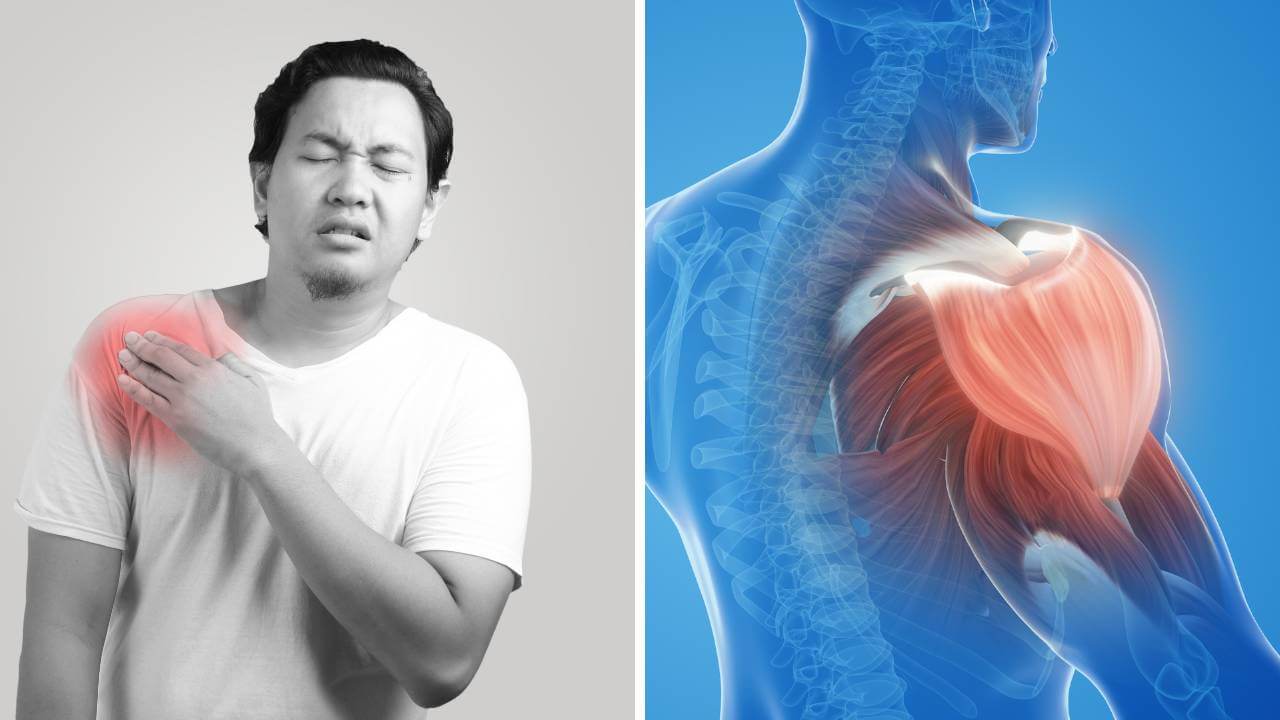Dr. Shrenik Dharaskar Specialist Doctor - Frozen Shoulder Treatment in Nashik
Advanced Techniques for Frozen Shoulder Repair and Recovery
Frozen Shoulder Treatment
Frozen shoulder, also known as adhesive capsulitis, is a condition characterized by stiffness and pain in the shoulder joint. It typically progresses through three stages: freezing, frozen, and thawing. Each stage can last several months, making timely and effective treatment essential for recovery. Here’s an overview of frozen shoulder pain treatment options.
Conditions Treated with Frozen Shoulder
-
Rest and Activity Modification:
- Avoid activities that exacerbate pain. However, gentle movements are encouraged to prevent stiffness.
-
Ice Therapy:
- Applying ice packs for 15-20 minutes can help reduce pain and inflammation, especially after activities.
Consulting a healthcare provider is crucial if symptoms persist. A thorough evaluation may include:
- Physical Examination: Assessing pain levels and range of motion.
- Imaging Studies: X-rays or MRIs to rule out other conditions and confirm the diagnosis.
During Frozen Shoulder Recovery and Rehabilitation
Overview of the Procedure
Frozen Shoulder is a minimally invasive surgical technique to diagnose and treat various shoulder conditions. Here’s what you can expect during the procedure
Treatment Options
Physical Therapy: A structured physical therapy program is central to treatment. Therapists may employ techniques such as:
Range of Motion Exercises: Gradual stretching to improve flexibility.
Strengthening Exercises: Targeting shoulder muscles to support joint function.
Manual Therapy: Hands-on techniques to enhance mobility.
Medications: Nonsteroidal anti-inflammatory drugs (NSAIDs) can help relieve pain and reduce inflammation. In some cases, corticosteroid injections may be used to alleviate severe pain.
Heat Therapy:Applying heat can help relax shoulder muscles and improve blood flow, which may enhance flexibility before physical therapy sessions.
Shoulder Manipulation: In some cases, a healthcare provider may perform shoulder manipulation under anesthesia to help loosen the tightened joint capsule.
Surgery: Surgical intervention, such as arthroscopic capsular release, may be considered for persistent cases that do not respond to conservative treatments. This procedure involves cutting the tight portions of the capsule to restore movement.
Rehabilitation
Ongoing Physical Therapy:
After any surgical intervention, a continued physical therapy program is essential to regain strength and full range of motion.
Home Exercises: Patients are often given a set of home exercises to practice daily, ensuring consistent progress and preventing stiffness.
Frozen Shoulder Treatments Offered by Dr. Shrenik Dharaskar
Dr. Dharaskar is Specialise in frozen shoulder and tailoring treatment plans based on the severity of the condition. He offers both non-surgical and surgical treatment options to restore shoulder function and alleviate pain.
Non-Surgical Treatments:
Physiotherapy: Dr. Dharaskar collaborates with experienced physiotherapists to design a structured rehabilitation program aimed at restoring shoulder movement gradually.
Pain Management: He utilizes anti-inflammatory medications, corticosteroid injections, and other pain management techniques to reduce inflammation and ease discomfort.
Hydrodilatation: A minimally invasive procedure where a saline solution is injected into the shoulder joint to stretch the joint capsule, improving range of motion and relieving pain.
Surgical Treatments: Arthroscopic Capsular Release: In cases where non-surgical treatments fail, Dr. Dharaskar performs minimally invasive arthroscopic surgery to release the tight joint capsule, which significantly improves shoulder mobility.
Manipulation Under Anesthesia (MUA): This technique is used to break up adhesions and scar tissue while the patient is under anesthesia, allowing for greater mobility in the shoulder.
Why Choose Dr. Shrenik Dharaskar for Frozen Shoulder Treatment?
Extensive experience in performing Frozen Shoulder
Advanced training in minimally invasive surgical techniques
High success rate and patient satisfaction
Personalized care and tailored treatment plans
Frozen Shoulder Clinic in Nashik
At Dr. Shrenik Dharaskar’s Frozen Shoulder clinic in Nashik, patients receive advanced care in a supportive and compassionate environment. The clinic is equipped with modern diagnostic tools and rehabilitation facilities to ensure each patient gets the best possible treatment for frozen shoulder.
Book a Consultation for Frozen Shoulder Specialist Doctor
If you are experiencing symptoms of frozen shoulder, such as stiffness, pain, or limited movement, consult Dr. Shrenik Dharaskar for expert advice and Frozen Shoulder treatment. Early intervention can prevent the condition from worsening and help you return to a pain-free, active life.
Dr. Dharaskar performed shoulder arthroscopy on my injured shoulder, and the results have been fantastic. His post-surgery care and rehabilitation plan were top-notch, helping me get back to my active lifestyle.
